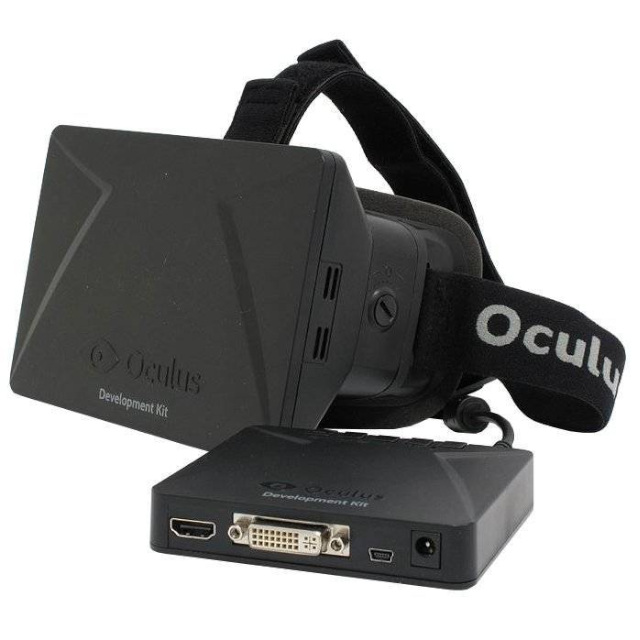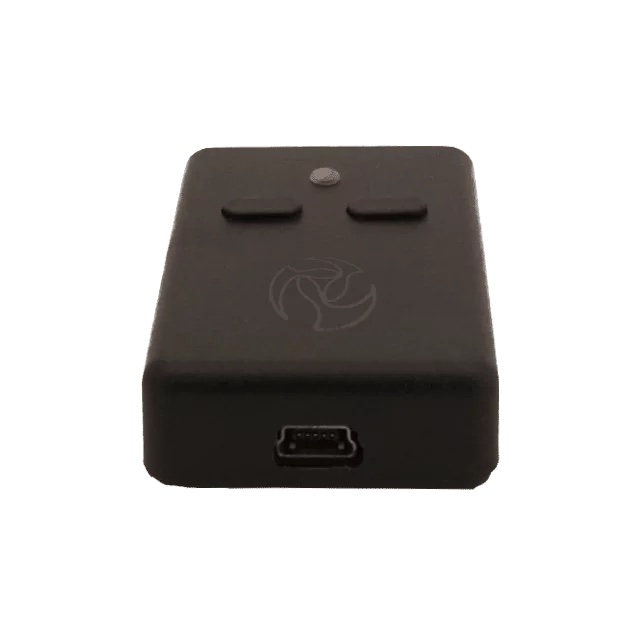VR Tracking System
First experiments with Virtual Reality and custom hardware
In 2014, I bought my first VR helmet and began experimenting with it. It quickly became apparent to me and my friends that while the technology was incredibly cool, there was a vast untapped potential, especially in the input system.
The original Oculus Rift DK1 we tested was 3DOF, meaning it only tracked the user’s head rotation. Moreover, there were no input devices available apart from a mouse and keyboard, which was significant limitation. Most games were just roller coasters without any player interaction.
We decided to create our own controller. I purchased two YEI 3-space IMU sensors and developed a simple self-made arm-tracking controller. One sensor was fixed on an elbow, another one placed in a palm.


Eventually, I sold this setup to a friend who established a small kiosk in a mall, allowing visitors to experience the system and engage in zombie shooting games.
Nowadays modern VR hardware uses 6DOF tracking and proper controllers out of the box. While the entire setup and games may seem outdated today, the process of creating a complete VR project with experimental hardware was an valuable experience for me.